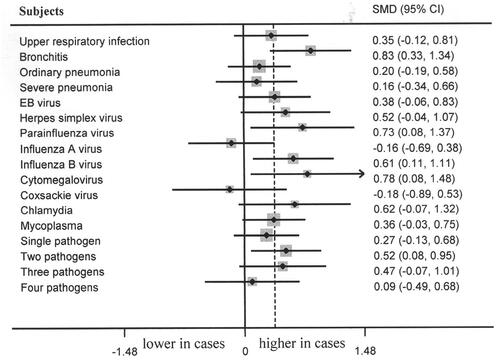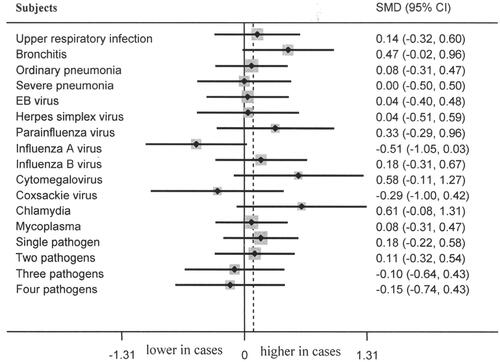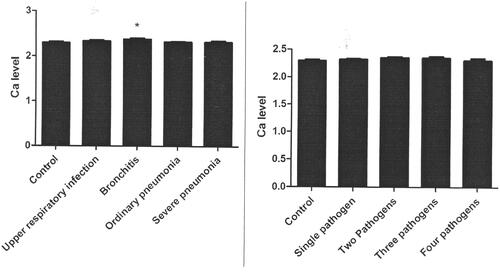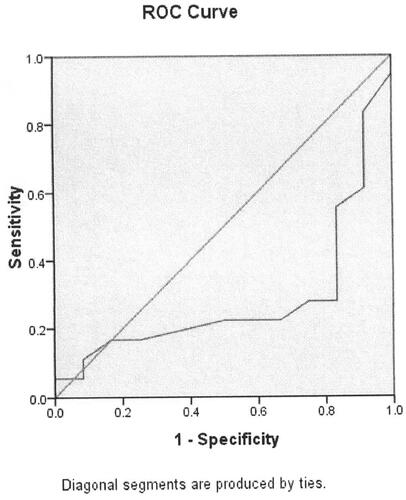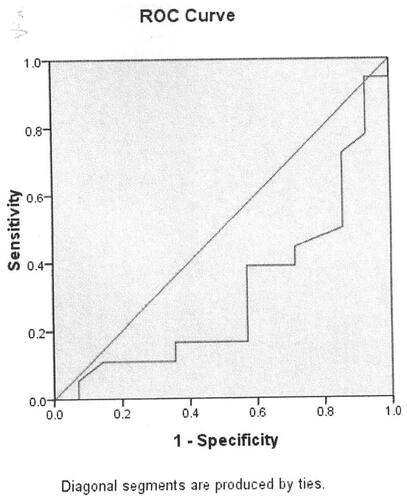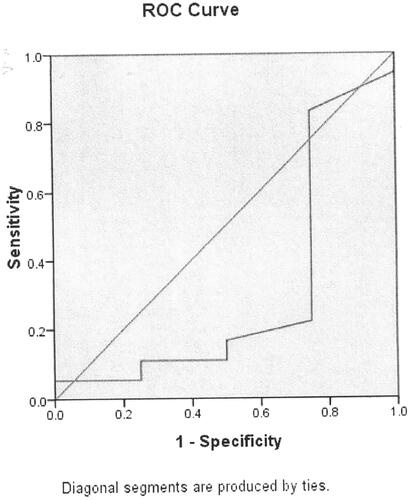Figures & data
Table 1. Baseline characteristics of the recruited subjects.
Table 2. Correlation between Ca/P/Mg status and WBC/ESR/PLT/PCT in cases with respiratory diseases.
Table 3. Characteristics of Ca/P/Mg levels in respiratory .diseas es.
Table 4. Association between Ca level and respiratory diseases.
Data availability statement
The data will be shared by the corresponding author upon the scientific request.

